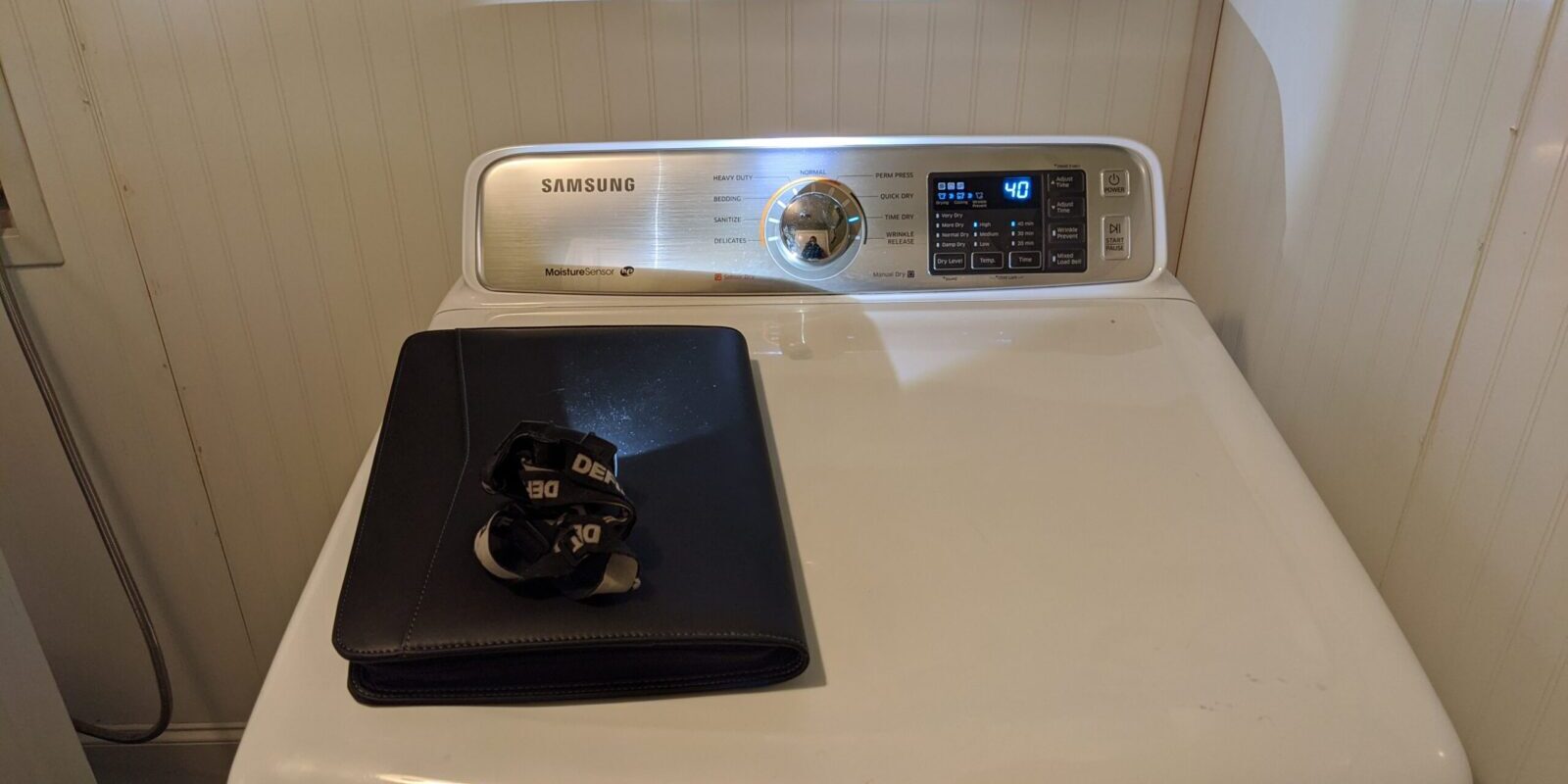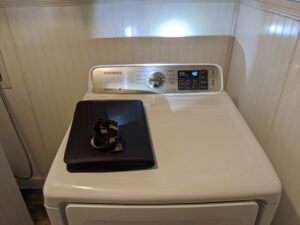Samsung appliance repair is a task many homeowners face when their fridges, dryers, washers, or dishwashers encounter issues. When considering DIY versus professional repair, it’s essential to weigh the costs and benefits carefully.
Samsung appliances are known for their innovation, reliability, and cutting-edge technology. However, like any other brand, they may encounter issues requiring repair over time. Whether it’s a fridge, dryer, washer, or dishwasher, here are some tips and advice for tackling common Samsung appliance repairs:
-
Fridge Repair:
- Check the Condenser Coils: Dirty condenser coils can cause your Samsung fridge to work harder and less efficiently. Regularly clean the coils to ensure optimal performance.
- Inspect the Evaporator Fan: A malfunctioning evaporator fan can lead to improper cooling in your fridge. If you notice unusual noises or uneven cooling, the fan may need to be replaced.
- Monitor the Temperature: Keep an eye on the temperature settings of your fridge. If it’s not cooling properly, check for any obstructions in the airflow or issues with the thermostat.
-
Dryer Repair:
- Clean the Lint Filter: A clogged lint filter can restrict airflow and cause your Samsung dryer to overheat. Clean the lint filter after every use to prevent fire hazards and improve drying efficiency.
- Check the Ventilation System: Ensure that the dryer vent is clear of lint and debris. A blocked vent can prolong drying times and increase the risk of overheating.
- Inspect the Heating Element: If your Samsung dryer is not producing heat, the heating element may be faulty and require replacement. Consult the user manual or seek professional assistance for safe repairs.
-
Washer Repair:
- Balance the Load: Overloading the washer can cause excessive vibration and noise during the spin cycle. Always follow the manufacturer’s guidelines for load capacity to prevent damage to the machine.
- Clean the Drain Pump Filter: Regularly clean the drain pump filter to remove any debris or foreign objects that may cause drainage problems or water leaks.
- Check for Leaks: Inspect the hoses and connections for any signs of leaks or damage. Replace worn-out hoses and tighten loose connections to prevent water damage to your Samsung washer and surrounding areas.
Let’s delve into the numbers and main ideas for dryer repairs:
DIY Repairs:
- Cost Savings: DIY repairs can save money upfront, but consider the hidden costs.
- Time Investment: Researching parts and procedures can take 2-3 hours or more.
- Tool Expenses: Purchasing tools can add up; an electric screwdriver may cost $40-$100.
- Part Procurement: Ordering parts online may cost $10-$20 in shipping and leave you without the appliance for days.
- Part Costs: OEM Samsung heater parts can range from $40-$150.
- Opportunity Cost: Taking a day off work could mean losing $80-$1000 in wages.
- Warranty Concerns: Dealing with defective parts can lead to additional downtime and repeated repairs.
Professional Repairs:
- Expertise: Professional technicians offer efficient and knowledgeable service.
- Time Savings: Hiring a professional saves you the time and hassle of DIY troubleshooting.
- Guaranteed Workmanship: Reputable repair companies provide warranties on labor and parts.
- Avoid Further Damage: Professionals minimize the risk of causing additional issues during repairs.
Example from the field: Our cost to replace a Samsung dryer heating element ranges from $280-$350, depending on the model and part cost.
In conclusion, while DIY repairs may appear cost-effective, they often come with hidden expenses, time commitments, and potential risks. Professional repairs offer convenience, expertise, and guaranteed results, ultimately saving you time, money, and headaches.
Consider these factors carefully when deciding on the best course of action for your appliance repair needs. Remember, investing in professional service today can prevent further damage and save you from costly repairs down the line.



